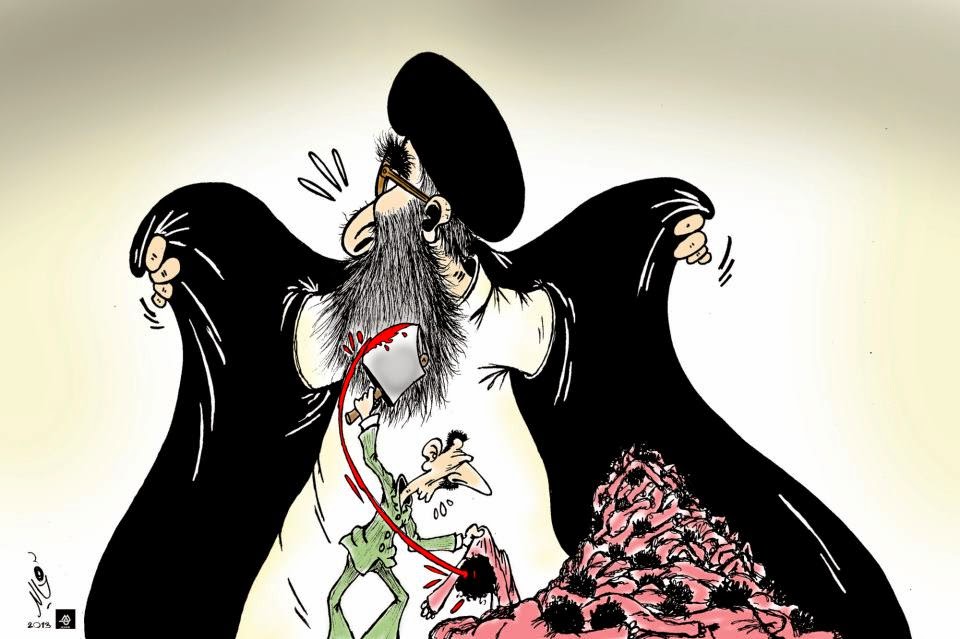Arthistory in the Making
It is a rare treat to see an archetype take form, an image consisting of certain elements to be recognized across time, or in this case since it is still so new, across space.
 |
| Ammar Abo Bakr, Wall to the Faculty of Fine Arts, Luxor, January 18, 2012. Photo courtesy of Ammar Abo Bakr. |
 |
| The stenciled prototype ready to be distributed - at the addresses stated in the image itself. |
There is something about this one, which immediately makes you think of the great predecessors in art history. The ultimate movement, taking the human body to its extremities and in doing so epitomizing the courage to take action, to make the ultimate sacrifice if need be.
It is the type of movement that artists could only guess at before the invention of photography, sometimes getting it all wrong while at other times making us marvel of their ability to discern each element of a body in motion which is hardly there for more than a nanosecond. This one bears similarities to the Spanish freedom fighter by Robert Capa caught and killed by a bullet in the midst of activity (and if it turns out the photo was actually arranged, it is still one of the greatest ever taken).
 |
| Ammar Abo Bakr, Wall to the Faculty of Fine Arts, Luxor, January 18, 2012. Photo courtesy of Ammar Abo Bakr. |
This one too is a fighter with freedom as his goal. He is in full action, chest forward while the rest of his body is thrown backwards for full impact while returning the fuming tear gas spray canister to the military, who threw the thing in the first place. The original photo was taken by Amr Abdallah Dalsh on November 22, 2011. In the midst of his fellow protesters and the military, the fumes has singled him out, disguising everyone but himself.
 |
| Ammar Abo Bakr, Wall to the Faculty of Fine Arts, Luxor, January 18, 2012. Photo courtesy of Ammar Abo Bakr. |
 |
| Ammar Abo Bakr, Wall to the Faculty of Fine Arts, Luxor, January 18, 2012. Photo courtesy of Ammar Abo Bakr. |
 |
| Ammar Abo Bakr, Wall to the Faculty of Fine Arts, Luxor, January 24, 2012. Photo courtesy of Ammar Abo Bakr. |
This autumn Zwewla then incorporated the protester in their mural in Siliana as a tribute for the young in Egypt and Tunisia. The mural marked the first anniversary of the police meeting the protesters with violence. The bloodied eye of the stencil, not in the original photo, was given its full impact. But not as a victim of brutality. This was a call for courage, of not putting up with anything, a direct application to stand up, speak for yourself and make a difference as the text requested.
This time the background was a Zwewla classic of color bombing the wall to add to the overall call of breaking the calm and loose control.
 |
| Zwewla, Siliana, November 28, 2013. Photo courtesy of Zwewla. |
 |
| Zwewla, Siliana, November 28, 2013. Photo courtesy of Zwewla. |
In Luxor Ammar Abo Bakr added his own now classic element, taking his protagonists from the present to statures of all time:
 |
| Ammar Abo Bakr, The final state: Wall to the Faculty of Fine Arts, Luxor, January 24, 2012. Photo courtesy of Ammar Abo Bakr. |
Oh, and that very protester is now the face of the documentary The Square by Jehane Noujaim from 2013, nominated for an Oscar this year…


